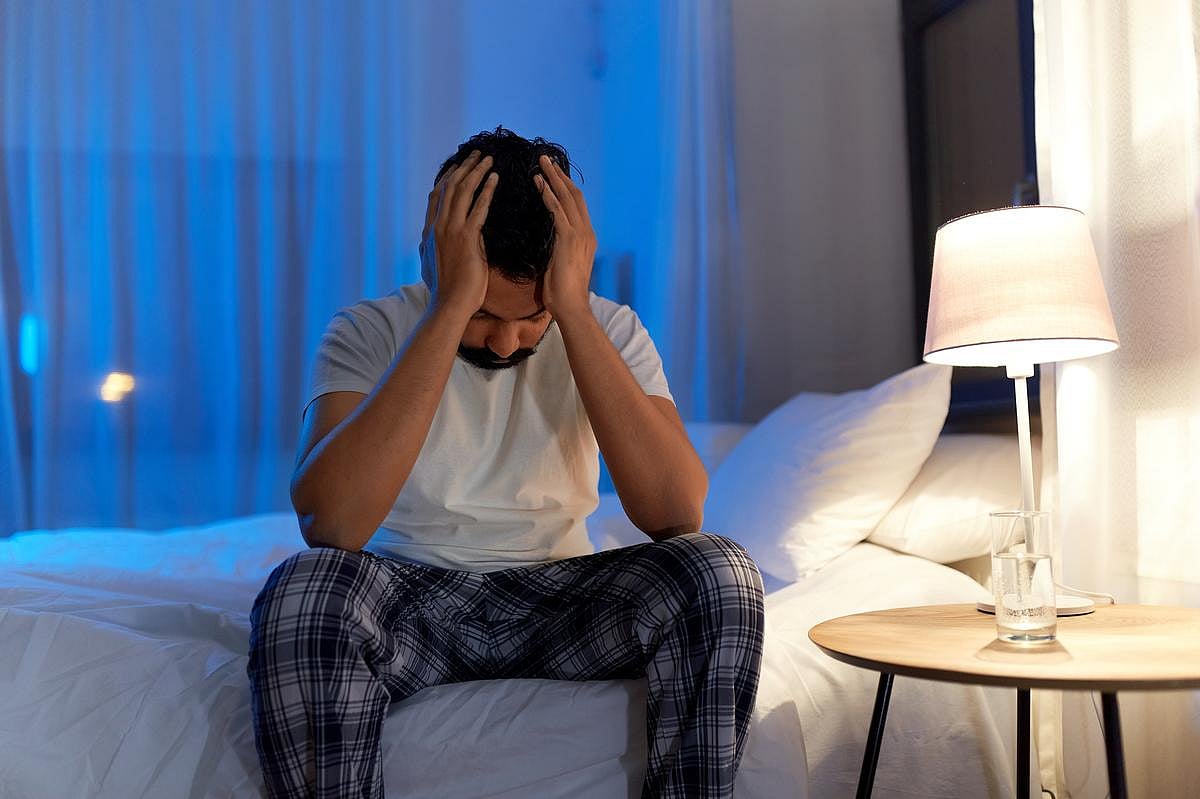Get Healthy!

- Dennis Thompson
- Posted September 9, 2024
'Night Owls' More Prone to Type 2 Diabetes
Folks who like to stay up late are nearly 50% more likely to develop type 2 diabetes than those who go to bed earlier, a new study finds.
However, it’s not just because they have an unhealthy lifestyle, according to findings presented Sunday at the annual meeting of the European Association for the Study of Diabetes in Madrid.
An increased risk of type 2 diabetes among night owls remained even after researchers accounted for other unhealthy lifestyle factors like poor diet, lack of exercise, drinking, smoking and poor sleep, researchers said.
“A likely explanation is that the circadian rhythm or body clock in late chronotypes is out of sync with the work and social schedules followed by society,” said lead investigator Jeroen van der Velde, a postdoctoral researcher with Leiden University Medical Center in the Netherlands. “This can lead to circadian misalignment, which we know can lead to metabolic disturbances and ultimately type 2 diabetes.”
For the study, researchers analyzed health data on more than 5,000 people participating in an ongoing study on the influence of body fat on disease.
The data included typical bed and waking times for each person, as well as lifestyle factors that could increase a person’s risk of diabetes, researchers said.
“Previous studies have indicated that a late chronotype -- preferring to go to bed late and wake up later -- is associated with an unhealthy lifestyle,” van der Velde said in a meeting news release. “Late chronotypes are more likely to smoke or have an unhealthy diet, for example, and it has been suggested this is why they are higher risk of obesity and metabolic disorders including type 2 diabetes.”
During a follow-up of about six years, 225 of the people were diagnosed with type 2 diabetes.
Analysis showed that night owls had a 46% higher risk of type 2 diabetes, even after their lifestyle habits were taken into account.
Early birds did not have a statistically significant increased risk of diabetes, nor did people who have average sleep patterns, researchers said.
Folks who stay up late also tend to have a higher BMI, larger waists and more hidden body fat, results show.
For example, they have 14% higher liver fat content compared with people with an average sleep pattern, researchers said.
“People with a late chronotype appear to be at greater risk of developing type 2 diabetes compared to those with intermediate chronotype, possibly because of higher body fat including more visceral [organ] fat and liver fat,” van der Velde said. “The next step is to study if those with a late chronotype improve in metabolic health when they make changes in the timing of their lifestyle habits.”
For example, night owls might be able to improve their health by altering the timing of meals, van der Velde said.
“People with a late chronotype are probably more likely to eat until later in the evening,” van der Velde said. “While we did not measure this in our study, there is growing evidence that time-restricted eating, not eating anything after a certain time, such as 6 p.m., may lead to metabolic benefits.”
“Night owls who are concerned about the increased risk of type 2 diabetes might want to try this or, at least, try to refrain from eating late in the evening,” van der Velde added. “The evidence isn’t there yet but, in time, we aim to provide specific advice regarding the timing of lifestyle behavior.”
Because these findings are presented at a medical meeting, they should be considered preliminary until published in a peer-reviewed journal.
More information
The National Institutes of Health has more on poor sleep and type 2 diabetes.
SOURCE: European Association for the Study of Diabetes, news release, Sept. 9, 2024




